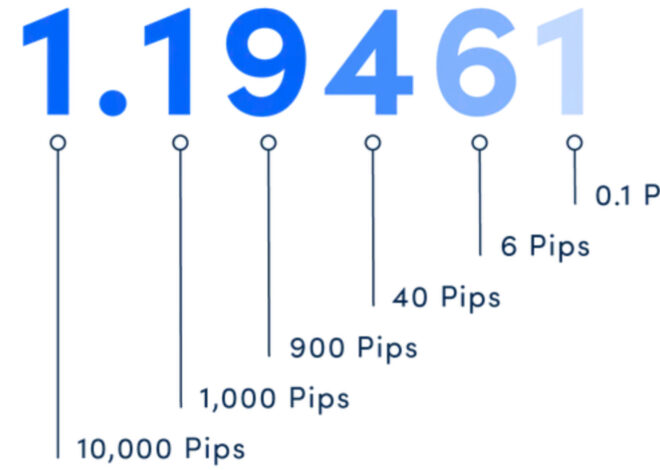
How to Make Profit in Forex
Trading in the foreign exchange (Forex) market can be a lucrative endeavor, but it requires a thorough understanding of various factors and strategies that influence currency trading. This article outlines essential techniques and tools to help you make a profit in Forex, providing you with expert advice and practical tips.
Understanding Forex Markets: A Beginner’s Guide to Trading

Before diving into trading strategies, it’s crucial to understand what Forex trading entails.
- Forex Market: The largest financial market in the world, where currencies are traded.
- Currency Pairs: Trading involves pairs, such as EUR/USD, where one currency is exchanged for another.
- Market Hours: This market operates 24 hours a day, allowing for constant trading opportunities.
To be successful, you should familiarize yourself with key concepts like pips, leverage, and margin. Understanding these basics will provide a strong foundation for your trading journey.
Key Strategies for Maximizing Profit in Forex Trading

Employing effective strategies is essential for boosting your trading profit. Here are several key strategies to consider:
- Trend Following: Identifying and trading in the direction of the market trend can lead to profitable trades.
- Swing Trading: Taking advantage of price fluctuations within a trend over a few days or weeks.
- Scalping: Making small profits from minor price changes by executing numerous trades in a short timeframe.
- Position Trading: Long-term trading based on fundamental analysis, ideal for those who prefer a slower pace.
Comparative Table of Trading Strategies
| Strategy | Timeframe | Risk Level | Profit Potential | Ideal Trader Type |
|---|---|---|---|---|
| Trend Following | Weeks/Months | Medium | High | Patient Investors |
| Swing Trading | Days/Weeks | Medium | Medium | Active Traders |
| Scalping | Seconds/Minutes | High | Low | Fast-Paced Traders |
| Position Trading | Months/Years | Low | Very High | Long-Term Investors |
Technical Analysis: Tools for Successful Forex Trades

Technical analysis is the backbone of Forex trading, relying on historical price data and various indicators. Here are some essential tools:
- Charts: Candlestick charts are popular for visualizing price movements.
- Indicators: Common indicators include Moving Averages, Relative Strength Index (RSI), and Bollinger Bands.
- Support and Resistance: Levels where price tends to reverse, crucial for making entry and exit decisions.
Example of Applying Technical Analysis
Suppose you are trading the GBP/USD pair. A moving average crossover (e.g., a 50-day and 200-day moving average) indicates a potential buy signal when the shorter average crosses above the longer average. This simple indicator can guide your timing.
Risk Management: Protecting Your Investment in Forex

Effective risk management protects your trading capital and is vital for long-term success. Here are key components:
- Set Stop-Loss Orders: Automatically close a trade at a predetermined loss level.
- Position Sizing: Determine the size of your trade based on your account balance and risk tolerance.
- Diversification: Avoid putting all your capital into a single trade or currency pair.
Practical Tips for Risk Management
- Risk only 1-2% of your capital per trade. This strategy helps mitigate losses.
- Regularly review and adjust your trading plan based on performance.
The Importance of Discipline in Forex Trading Success

Discipline is often the differentiator between successful and unsuccessful traders. Some tips to enhance your discipline include:
- Stick to Your Plan: Avoid impulsive decisions when market conditions change.
- Embrace Drawdowns: Understand that losses are part of trading; maintain focus on long-term profitability.
- Continuous Learning: Commit to ongoing education to refine your strategies.
Staying Informed: Keeping Up with Forex Market Trends

Staying informed about global events and economic indicators that impact currency values is crucial for any Forex trader. Here are effective ways to keep up:
- News Websites: Follow financial news sources like Bloomberg or Reuters.
- Economic Calendars: Use calendars to track upcoming economic reports and announcements.
- Social Media: Engage with trading communities on platforms like Twitter or trading forums.
Conclusion
In conclusion, making a profit in Forex trading requires a combination of understanding the market, applying effective strategies, employing technical analysis, managing risk, maintaining discipline, and staying informed about trends. By leveraging these principles, traders can enhance their chances of success in this dynamic and challenging market. Remember, trading is not just about making immediate profits; it’s about developing a robust system for long-term sustainability.



‘Continuous Learning’ is so important for traders. I’ll keep reading more articles!
‘Stick to your plan’ is great advice! Discipline is key in trading, I agree.
‘Trend Following’ seems like it could work well for me. Thanks for the tips!
‘Staying informed’ about market trends will help me make better trades, thank you!
This is a good introduction to Forex. I appreciate the clear explanations of concepts.
I learned a lot from this article. Understanding pips and leverage is very important!
‘Support and Resistance’ levels are crucial. I’ve got to pay more attention to them.
The strategies like scalping and swing trading sound interesting! I want to try them.
The section on risk management was helpful. I didn’t know to only risk 1-2% of my capital.
I didn’t realize that Forex markets operate all day. That’s a big opportunity!